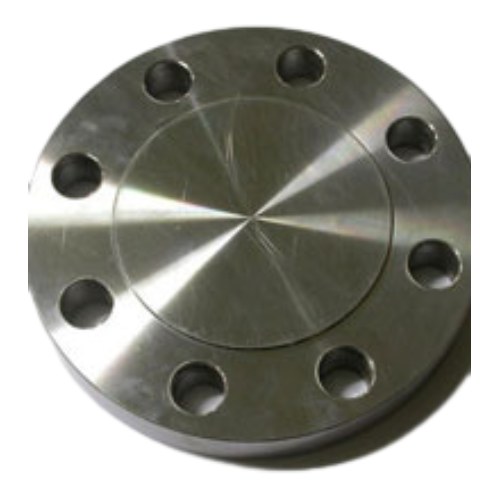-
Cangzhou Yulong Steel Co., Ltd.
-
Phone:
+86 13303177267 -
Email:
admin@ylsteelfittings.com
- English
- Arabic
- Italian
- Spanish
- Portuguese
- German
- kazakh
- Persian
- Greek
- French
- Russian
- Polish
- Thai
- Indonesian
- Vietnamese
- Zulu
- Korean
- Uzbek
- Hindi
- Serbian
- Malay
- Ukrainian
- Gujarati
- Haitian Creole
- hausa
- hawaiian
- Hebrew
- Miao
- Hungarian
- Icelandic
- igbo
- irish
- Japanese
- Javanese
- Kannada
- Khmer
- Rwandese
- Afrikaans
- Albanian
- Amharic
- Armenian
- Azerbaijani
- Basque
- Belarusian
- Bengali
- Bosnian
- Bulgarian
- Catalan
- Cebuano
- China
- China (Taiwan)
- Corsican
- Croatian
- Czech
- Danish
- Esperanto
- Estonian
- Finnish
- Frisian
- Galician
- Georgian
- Kurdish
- Kyrgyz
- Lao
- Latin
- Latvian
- Lithuanian
- Luxembourgish
- Macedonian
- Malgashi
- Malayalam
- Maltese
- Maori
- Marathi
- Mongolian
- Myanmar
- Nepali
- Norwegian
- Norwegian
- Occitan
- Pashto
- Dutch
- Punjabi
- Romanian
- Samoan
- Scottish Gaelic
- Sesotho
- Shona
- Sindhi
- Sinhala
- Slovak
- Slovenian
- Somali
- Sundanese
- Swahili
- Swedish
- Tagalog
- Tajik
- Tamil
- Tatar
- Telugu
- Turkish
- Turkmen
- Urdu
- Uighur
- Welsh
- Bantu
- Yiddish
- Yoruba

Jul . 27, 2024 08:44 Back to list
Overview of ASTM A106 Grade B Specification for Seamless Carbon Steel Pipe Applications
ASTM A106 Grade B is a specification that covers seamless carbon steel pipes for high-temperature service. This standard is widely recognized in industries where pipes need to withstand high pressures and temperatures, such as in oil and gas, power generation, and chemical manufacturing. The ASTM A106 standard was established by the American Society for Testing and Materials (ASTM), which is responsible for developing and publishing technical standards for a wide range of materials and products.
One of the primary characteristics of ASTM A106 Grade B pipes is their ability to maintain mechanical properties at elevated temperatures. These pipes are specifically designed to handle temperatures exceeding 1000°F (538°C), which is essential in applications that involve steam, liquids, and gases under high pressure. This high-temperature tolerance is due in part to the chemical composition of the material, which typically consists of a maximum carbon content of 0.30%, balanced with manganese, phosphorus, sulfur, and silicon—elements that enhance strength and ductility.
.
In terms of mechanical properties, ASTM A106 Grade B pipes must meet specific requirements to ensure their effectiveness in service. For instance, the minimum yield strength of these pipes is 35,000 psi (241 MPa), and the minimum tensile strength is 60,000 psi (414 MPa). Additionally, they must exhibit good ductility with a minimum elongation of 20% in 8 inches or 21% in 2 inches, which allows the pipes to absorb energy and deform without breaking under pressure.
astm a 106 gr b specification

To ensure the quality and reliability of ASTM A106 Grade B pipes, various tests are conducted during production. These tests include non-destructive methods such as ultrasonic checking and radiographic inspection, as well as destructive tests like tensile testing and impact testing. The aim of these tests is to confirm that the pipes will perform as required under the specified conditions.
After production, ASTM A106 Grade B pipes typically undergo a variety of surface treatments to enhance their performance characteristics. Common practices include heat treatment, pickling, and passivation, which help improve corrosion resistance and remove any surface imperfections.
The versatility of ASTM A106 Grade B pipes allows them to be utilized in various applications, including fluid and gas transport systems, refinery operations, and heating systems. Their reliability and durability make them a preferred choice among engineers and project managers who demand high-performance materials.
In conclusion, ASTM A106 Grade B specification represents a critical standard in the manufacture of seamless carbon steel pipes for high-temperature applications. Its unique properties and rigorous testing ensure that these pipes meet the demands of challenging industrial environments. Businesses relying on these materials can be assured of their ability to perform effectively, reducing the risk of failure and optimizing operational efficiency. As industries evolve, the relevance of ASTM A106 Grade B continues to be vital in the pursuit of safety, performance, and sustainability in piping systems worldwide.
Latest news
-
ANSI 150P SS304 SO FLANGE
NewsFeb.14,2025
-
ASTM A333GR6 STEEL PIPE
NewsJan.20,2025
-
ANSI B16.5 WELDING NECK FLANGE
NewsJan.15,2026
-
ANSI B16.5 SLIP-ON FLANGE
NewsApr.19,2024
-
SABS 1123 FLANGE
NewsJan.15,2025
-
DIN86044 PLATE FLANGE
NewsApr.19,2024
-
DIN2527 BLIND FLANGE
NewsApr.12,2024
-
JIS B2311 Butt-Welding Fittings LR/SR 45°/90° /180°Seamless/Weld
NewsApr.23,2024











